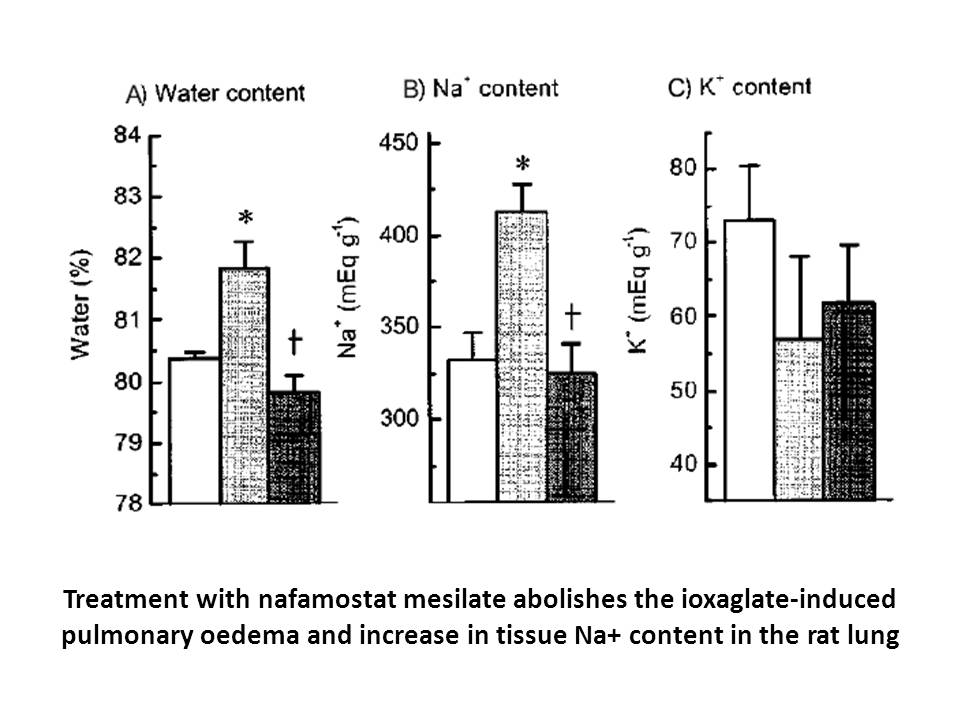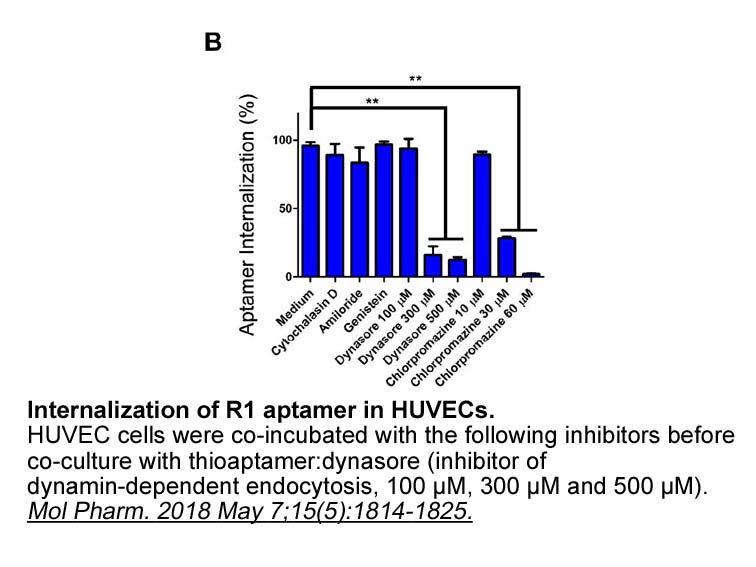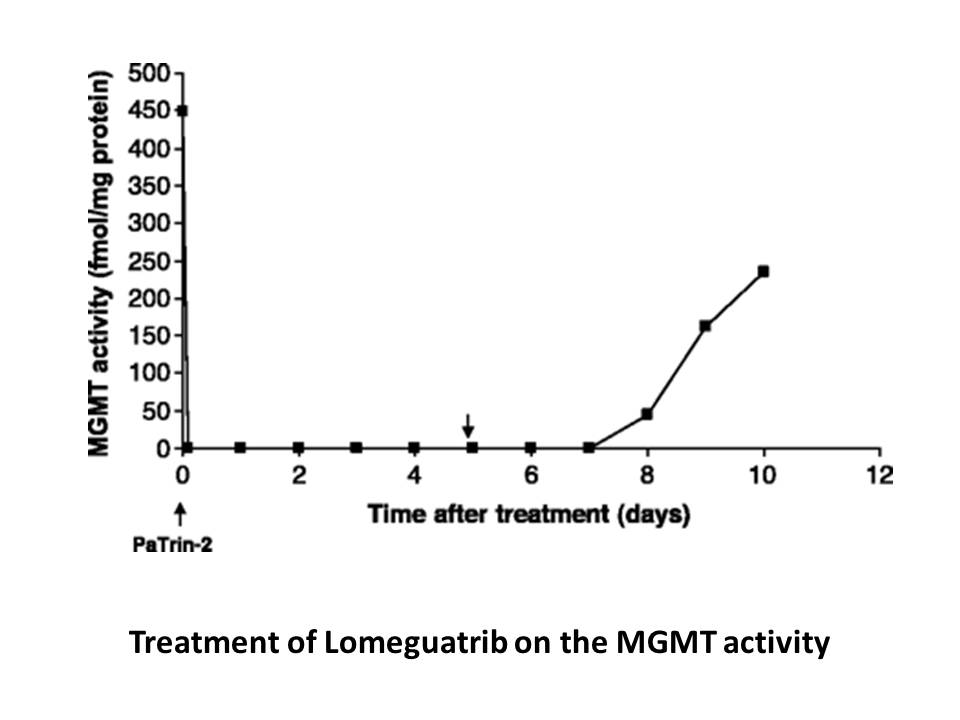Archives
- 2025-11
- 2025-10
- 2025-09
- 2025-03
- 2025-02
- 2025-01
- 2024-12
- 2024-11
- 2024-10
- 2024-09
- 2024-08
- 2024-07
- 2024-06
- 2024-05
- 2024-04
- 2024-03
- 2024-02
- 2024-01
- 2023-12
- 2023-11
- 2023-10
- 2023-09
- 2023-08
- 2023-07
- 2023-06
- 2023-05
- 2023-04
- 2023-03
- 2023-02
- 2023-01
- 2022-12
- 2022-11
- 2022-10
- 2022-09
- 2022-08
- 2022-07
- 2022-06
- 2022-05
- 2022-04
- 2022-03
- 2022-02
- 2022-01
- 2021-12
- 2021-11
- 2021-10
- 2021-09
- 2021-08
- 2021-07
- 2021-06
- 2021-05
- 2021-04
- 2021-03
- 2021-02
- 2021-01
- 2020-12
- 2020-11
- 2020-10
- 2020-09
- 2020-08
- 2020-07
- 2020-06
- 2020-05
- 2020-04
- 2020-03
- 2020-02
- 2020-01
- 2019-12
- 2019-11
- 2019-10
- 2019-09
- 2019-08
- 2019-07
- 2019-06
- 2019-05
- 2019-04
- 2018-11
- 2018-10
- 2018-07
-
Sulfo-NHS-SS-Biotin: Transforming Proteostasis Studies wi...
2025-10-01
Discover how Sulfo-NHS-SS-Biotin, a leading amine-reactive biotinylation reagent, enables advanced, reversible tracking of protein fate in proteostasis and autophagy research. This article uniquely explores mechanistic integration with disease-associated protein degradation pathways for next-generation biochemical studies.
-
Sulfo-NHS-Biotin: Catalyzing the Next Era in Precision Ce...
2025-09-30
Explore how Sulfo-NHS-Biotin, a water-soluble, amine-reactive biotinylation reagent, is driving transformative advances in selective cell surface protein profiling. This thought-leadership article blends mechanistic depth, strategic guidance, and translational insight to empower researchers developing next-generation single-cell and functional proteomics workflows. Drawing from recent breakthroughs and uniquely integrating best practices, this guide offers actionable frameworks for leveraging Sulfo-NHS-Biotin in high-impact translational pipelines.
-
Sulfo-NHS-Biotin: Unlocking Quantitative Cell Surface Pro...
2025-09-29
Discover how Sulfo-NHS-Biotin, a leading water-soluble biotinylation reagent, enables quantitative, reproducible cell surface protein labeling for advanced proteomics and single-cell analysis. This article uniquely explores best practices, mechanistic insights, and quality control strategies to maximize data fidelity.
-
Sulfo-NHS-Biotin: Precision Biotinylation for Single-Cell...
2025-09-28
Discover how Sulfo-NHS-Biotin, a water-soluble biotinylation reagent, is advancing the selective profiling of cell surface proteins and secreted factors in single-cell studies. This article uniquely explores its role in enabling next-generation secretome and transcriptome integration, offering technical insights and practical guidance for cutting-edge research.
-
NHS-Biotin: Precision Tools for Functional Nanobody Engin...
2025-09-27
Explore how NHS-Biotin, a leading amine-reactive biotinylation reagent, drives breakthroughs in functional nanobody engineering and protein assembly. This in-depth article reveals underappreciated strategies for stable, site-specific labeling in advanced biochemical research.
-
Sulfo-Cy7 NHS Ester: Redefining Quantitative NIR Imaging ...
2025-09-26
Explore the advanced capabilities of Sulfo-Cy7 NHS Ester, a leading sulfonated near-infrared fluorescent dye, in quantitative imaging and mechanistic studies of placental function and microbial vesicles. This article uncovers new applications and best practices for sensitive, non-destructive biomolecule labeling in translational research.
-
Sulfo-NHS-Biotin: Precision Biotinylation for Advanced Ce...
2025-09-25
Discover how Sulfo-NHS-Biotin, a water-soluble biotinylation reagent, enables precise cell surface protein labeling for cutting-edge single-cell and proteomics applications. This article explores mechanistic insights, advanced workflows, and emerging research opportunities.
-
NHS-Biotin: Enabling Next-Generation Protein Multimerizat...
2025-09-24
Discover how NHS-Biotin, an advanced amine-reactive biotinylation reagent, is revolutionizing protein engineering through stable amide bond formation and precise intracellular labeling. This article uniquely explores NHS-Biotin’s impact on protein multimerization strategies and functional assembly, advancing the frontiers of biochemical research.
-
Paclitaxel (Taxol) in Cancer Research: Mechanisms, Periph...
2025-09-23
Explore the molecular mechanisms of Paclitaxel (Taxol) as a microtubule polymer stabilizer in cancer research, with a focus on its role in cell cycle arrest, apoptosis, anti-angiogenesis, and its use in modeling chemotherapy-induced peripheral neuropathy for innovative therapeutic studies.
-
These mutations induce the gene auto
2025-03-03

These mutations induce the gene auto-activation in 10–40% of adenocarcinomas, triggering the EGFR-signaling pathway in the absence of ligand. That leads to an uncontrolled acceleration of cell proliferation, survival and anti-apoptotic signals (Couraud et al., 2012). The frequency of these mutations
-
For the first series we decided
2025-03-03

For the first series we decided to verify the effects induced, on the ALR2 inhibitory properties, of an additional steric hindrance on the carbon in α position with respect to the carboxylic group, by introducing a methyl group (R2=Me). Therefore, we synthesized a series of new α-alanine derivatives
-
Decrease in soluble protein content in diabetic lenses compa
2025-03-03

Decrease in soluble protein content in diabetic lenses compared with those in control lenses in present study could be due to leakage of proteins and insolubilization. T. purpurea treatment could increase the levels of soluble proteins in diabetic lenses may be by preventing cross-linking/aggregatio
-
The AHR potentially enhances IDO expression possibly via cro
2025-03-03

The AHR potentially enhances IDO-expression, possibly via crosstalk with several inflammatory signaling pathways (shown by now for IL6 and ‘signal transducer and activator of transcription’ (STAT) 3, and for NFκB, toll like receptor-pathways) [56,59,60]. IDO metabolizes Trp to kynurenines, which are
-
Young et al described the role
2025-03-03

Young et al. [40] described the role of adenine monophosphate-activated protein kinase (AMPK) in the translocation of GLUT4 in the heart. The AMPK is activated during muscle contraction [74] by converting AMP to ATP. The adenosine analog, 5-aminoimidazole-4-carboxamide ribonucleotide (AICAR), is a c
-
Mt a known to be upregulated
2025-03-03

Mt2a, known to be upregulated by ozone (Inoue et al., 2008), was also increased in vehicle-pretreated rats exposed to ozone, however, this effect was markedly reduced by both PROP and MIFE, suggesting that the neuroendocrine response is linked to ozone-induced acute phase protein expression. In huma